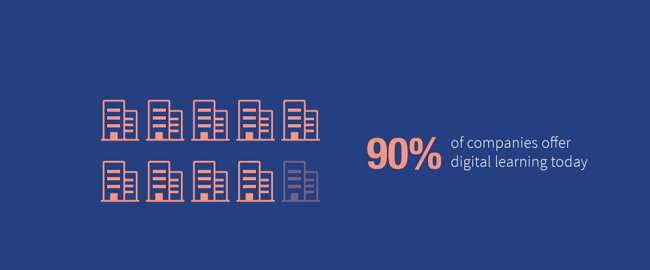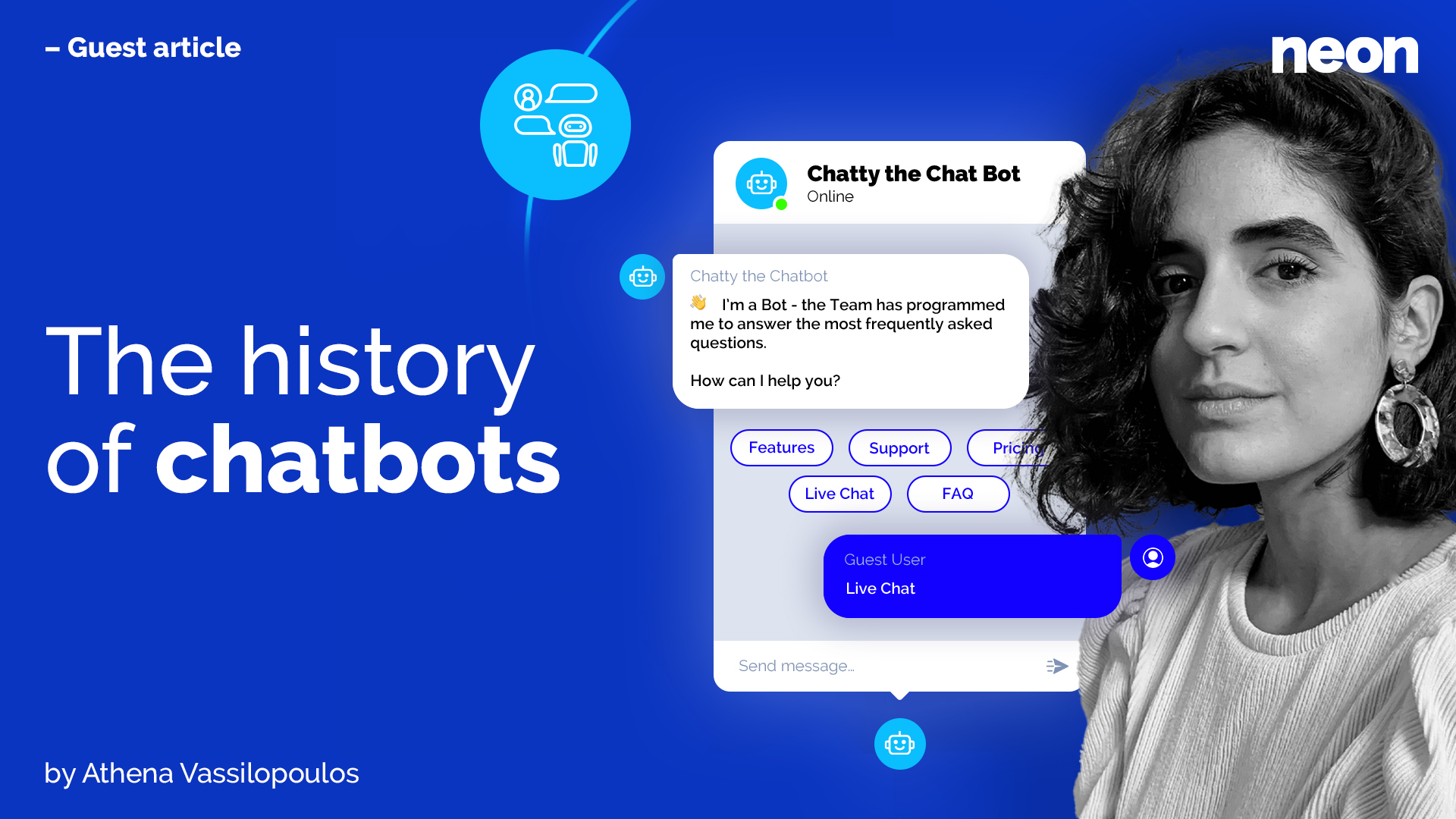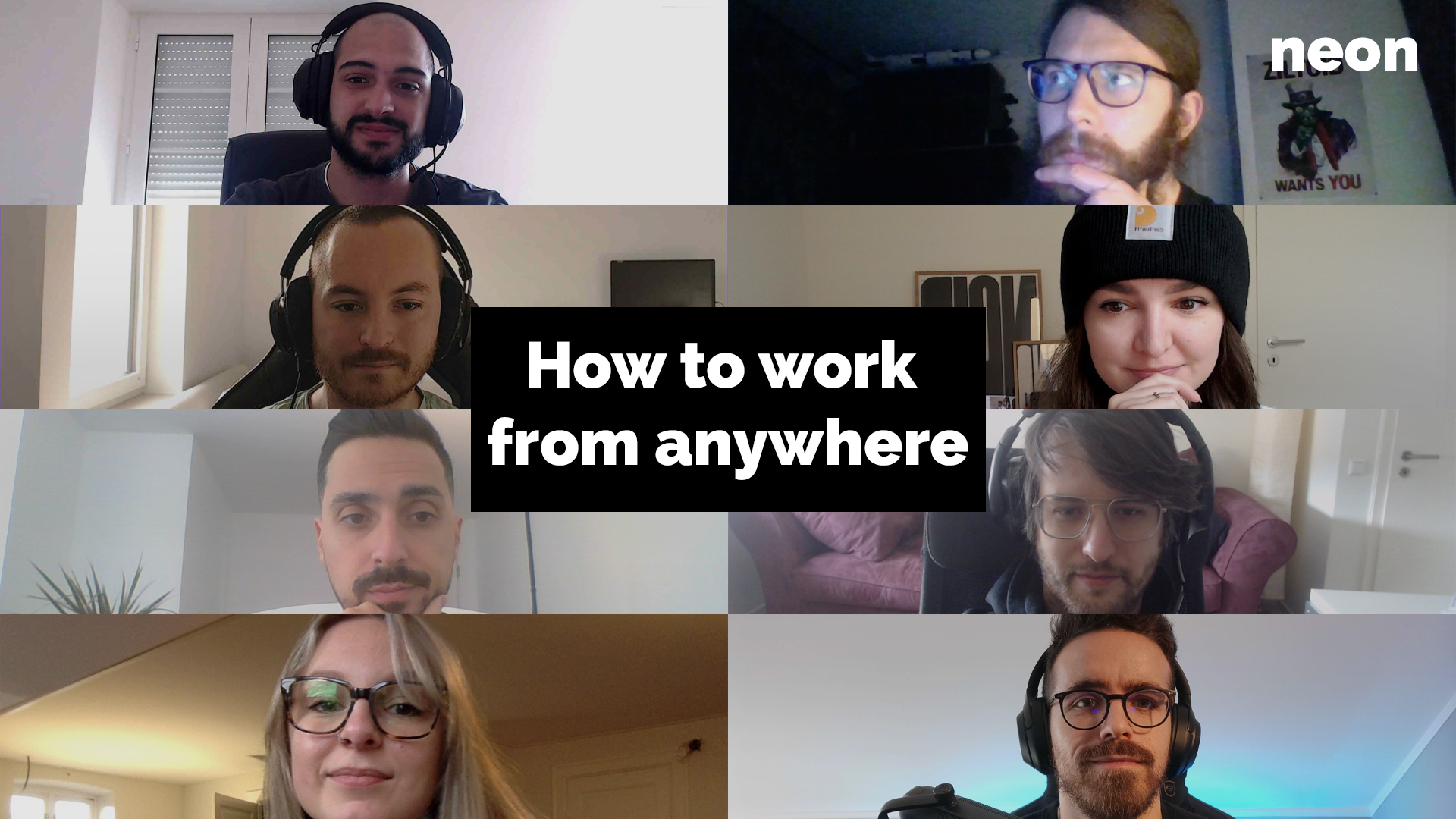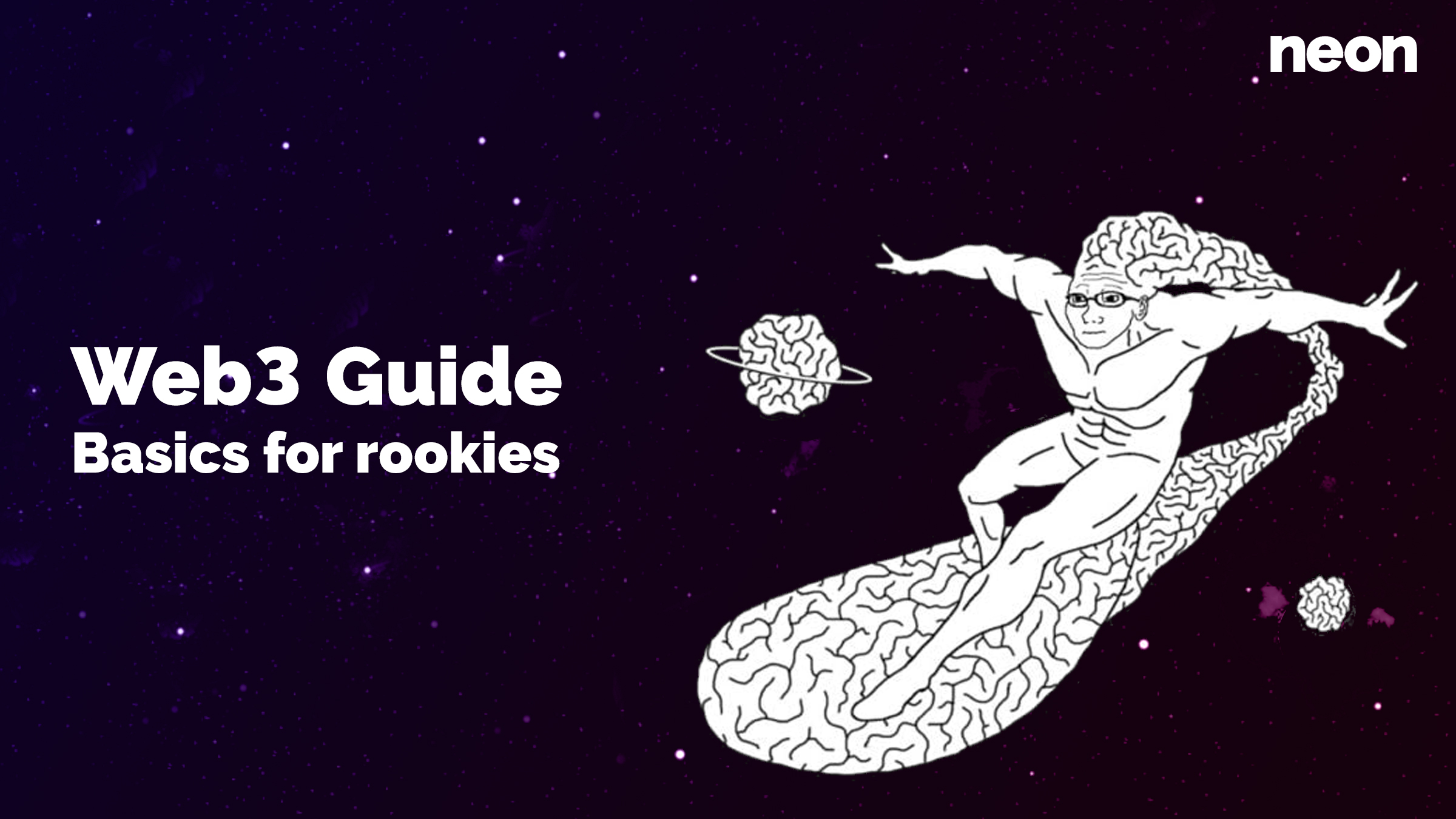The Internet has radically changed the world of education and media in general. Whereas people used to obtain information from a small number of mass media, publications of large publishing houses, and a limited amount of pre-selected books during schooling, e-learning and the Internet now offer a gigantic wealth of information, wherever whenever.
The past
If one dares to look back into the past and our own school education, one thing becomes clear:
The choice and range of information sources have their limits. There were a handful of books per school year, mostly all from the same major publisher. These books were then the source of everything that had to be learned during these months. Many of the books were decades old even then.

Old doesn’t automatically mean bad
Just so we don’t misunderstand each other – old does not automatically mean bad! We are big fans of many old classics and would never doubt their relevance. However, it has become apparent that new insights already existed, which these old books could not teach us yet, at that time.
Much more decisive, however, is the fundamental problem behind this whole approach. The school had not prepared us for a world as it is now, or even as it will be in the future. Instead, it explained to us how the world was and partly left us without the right tools.
Physical education (posture, mobility, sports,…)?
One or two hours maximum per week.
Computer science or mastering the use of new technologies?
Apart from Word and Excel exercises, ZERO hours a week!
Traditional education is sluggish
Does this sound like a modern education in the early 2000s? No, it doesn’t, but it was reality for probably the majority of the world. Sadly, the explanation is simple and logical: Systems cannot adapt quickly even if they want to. You, on the other hand, have to adapt as quickly as you can – so now you’re in a quandary.
“In times of change learners inherit the earth; while the learned find themselves beautifully equipped to deal with a world that no longer exists.”
– Eric Hoffer
You can see where we are going with this. Our goal is not to curse the current or past school system but to make it clear to each individual that well-adjusted education and information gathering is your own responsibility. Everyone must take care of themselves and learn how best to get new information and teach themselves.
Because state school systems, where every procedure has to be checked, tested, and then matured over several years, cannot be up to date.
This is where e-learning and the present come into play.
The present
(of e-learning)
If you break down the meaning of the word e-learning, it really only means “to further one’s education via the electronic (Internet) way.” But we would go one step further. To us, it means to educate oneself via the electronic way – additionally!
Will schools be obsolete and disappear completely in the next few years? Absolutely not.
Will schools be enough to start a successful career and be prepared for the current world? Absolutely not.
Make learning great again
But e-learning has not only gained massive popularity among individuals. Also, big corporations strive to either improve performance amongst their employees with e-learning or want to offer it as corporate benefits. Moreover, individuals often choose online education over traditional models because it is adjustable to their lifestyle, schedule, and needs.

Long before 2020 kept us home most of the time, e-learning became a huge asset for the masses in developing a new skill or even taking their career to the next level. In the past years, more and more platforms for digital learning appeared on the radar, offering numerous online ways of learning. Additionally, online offers for courses of study, further education, or simply tutorials are becoming normal and even partly already recognized.
A new form of education
However, this trend is still relatively young and conflicts with the traditional learning system in school if you look at it closely. Because suddenly it is no longer important where, how or when one learns. All of a sudden, the most important factor is only that one has learned at all. Luckily, this thinking is currently spreading to traditional schools, which is a positive side effect of this movement.

Classic “online-courses” platforms like Udemy, Masterclass, or Skillshare have been around for quite some time and offer a variety of different courses and topics. On the other hand, new projects like Evrlearn are on the rise and bring new concepts and twists to the table. Evrlearn for example can be described as the Tinder of e-learning. They select high-quality courses from different platforms and try to suggest courses that fit your needs best. They also try to actively cooperate with schools, universities, and businesses alike which is the right way to go in our opinion.
The e-learning trend just started
Generally, e-learning can be seen as a decentralized way of delivering knowledge about various subjects. By its digital nature, users consume the subject matter through electronic devices like tablets or smartphones. Students access online courses, degrees, and platforms on demand, making them the go-to education model for those who need a lot of flexibility.
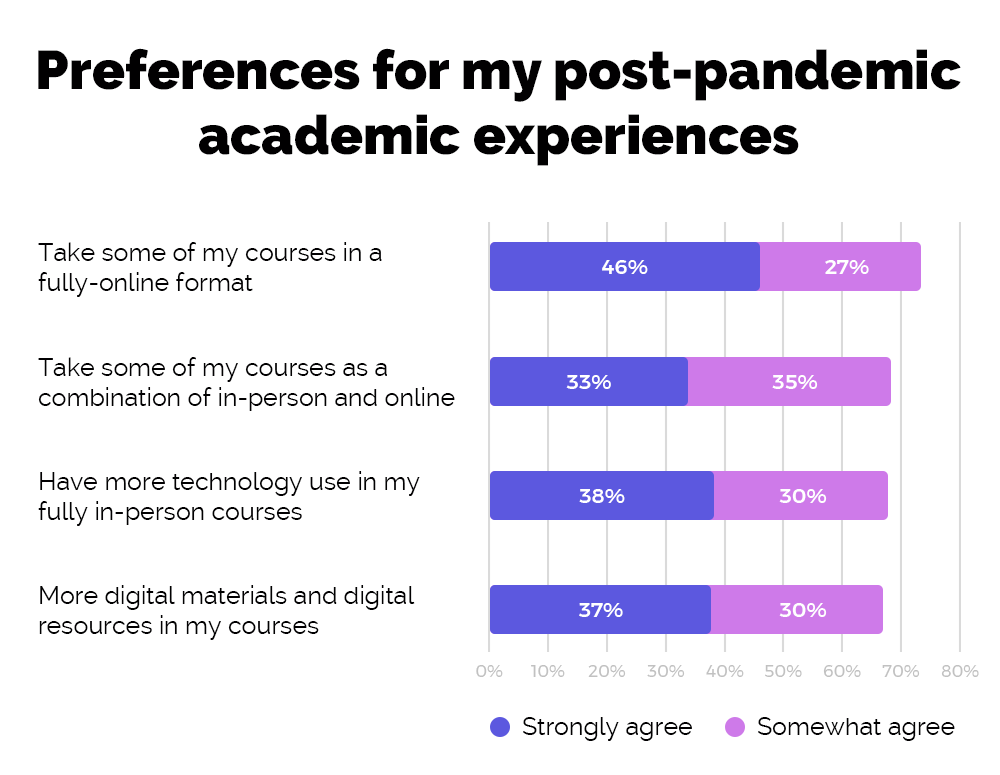
In our eyes, the trend is clear: As more and more options for online education appear on the market, people will start to enroll in various online courses and degrees to improve their knowledge. On almost every digital education platform, students will be able to choose between a variety of courses. Finishing these courses will be rewarded with certificates or even higher education degrees such as bachelor’s or master’s programs.
Since technology is constantly evolving, new ways of learning and consuming educational content will become more attractive, especially for younger generations.
Our contribution to the shift
We strongly believe that everyone at any stage of their career should continue learning new skills or improving existing ones towards updated industry standards to keep up with rapid changes.
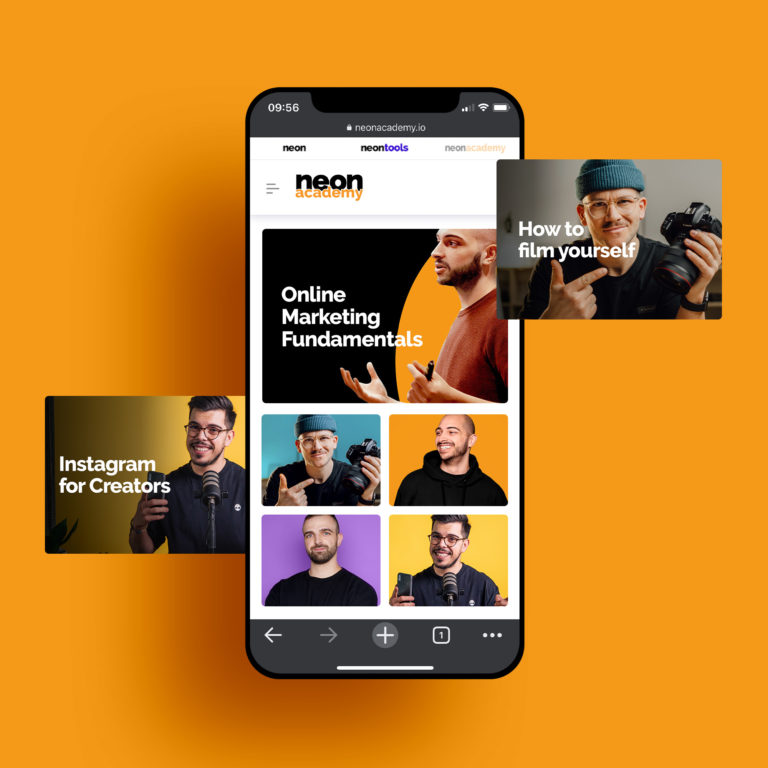
This is why we at neon marketing created the neonacademy. Our own online education platform, with which we strive to make state-of-the-art marketing, media, and business skills accessible to anyone who wants to either grow professionally or personally within these fields. Also, we constantly update our free accessible resources with valuable information from a variety of different industries. You might want to have a look around, and see for yourself what our library has to offer.
The future
(of e-learning)
Although e-learning brings advantages and challenges, the e-learning industry continues to grow at an exponential rate. The digital education market size surpassed $250 billion in 2020 in the US alone and is expected to reach a compound annual growth rate of 21% between 2021 and 2027. (source)

Augmented and virtual reality will play a huge role in pushing the industry forward by adding new, interactive learning experiences to new and existing courses. Companies like IBM, Google, and many others, are all starting to go down heavy on the e-learning route and try to establish a predominance – which should be a big indicator and red flag at the same time to all of us!
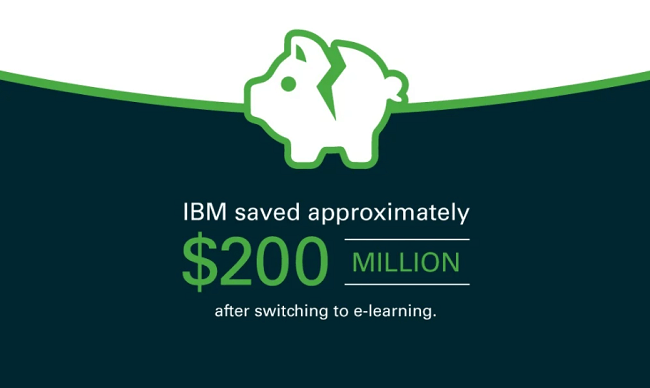
So much potential to be discovered
A rather unconventional approach to teaching knowledge and experience can be found on social media platforms. In content snippets, creators, professionals, and companies deliver their expertise condensed and modernly. For example, while YouTube videos usually run for several minutes, Instagram reels, IGTVs, or TikTok videos deliver educational content in a few seconds.
Many companies already leverage these short video formats to educate their followers about the usage of their products. This offers an immediate benefit for potential customers beyond the company’s usual product offerings and can support their online reputation positively.
Freelancing professionals, especially from the fields of social media and business, often share their experience and expertise with their community. Topics such as “How to grow on Instagram” or “How to ask for a raise” are very common today. These videos not only demonstrate how knowledgeable the creators are in their field. They usually also increase the freelancer’s organic reach through user interactions—a win-win for both sides.
Benefits of e-learning
We want to expand and explain our thoughts and reflections on this topic a bit more, so we created a list of the obvious advantages and disadvantages that e-learning already offers today.
Cost-effectiveness
Online education comes much cheaper than any other traditional teaching method and institution. Course materials are all digital, and no one has to relocate or travel. Also, those offering the courses have a relatively low-cost rate at which they operate when updating information and paying staff.
Accessibility & Time
One of the biggest advantages for most students is the time efficiency that naturally comes with online education. All study materials are accessible around the clock through the learning platform. Making it the most flexible and adaptable form of learning there is. Additionally, e-learning allows students to work with learning materials at their own pace and complete the courses without a set timeframe. And since everything is digitally accessible, students can attend and learn from anywhere in the world.
Suits different learning styles
Traditional learning methods usually follow a strict structure and pace, while e-learning enables people to learn based on their preferred learning style. Thus, students can create their optimal learning environment and structure to learn more effectively.
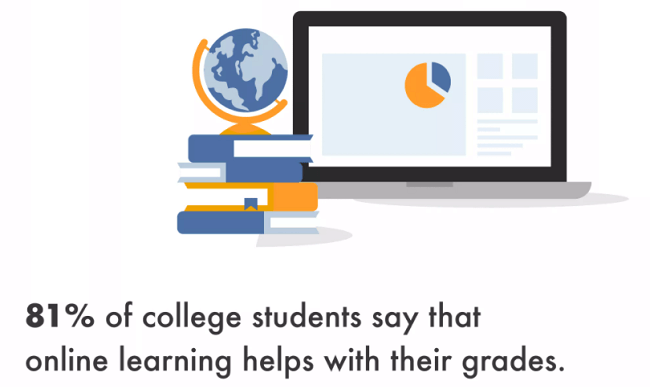
Weaknesses of e-learning (today)
Time Management & Discipline
Where’s flexibility, there is a possible lack of discipline. While traditional learning institutions stick to tight structures and schedules to ensure continuous learning progress, e-learning students have to hold themselves accountable through the course duration. Unfortunately, this can lead to a slow-down in progress and delays the completion of the course, if not even causing abortion of the studies.
Sense of isolation
Many online studies and courses come without a learning community and peers. Therefore, physical interaction is rare or non-existent and can create a sense of isolation for the student.
Lack of transparency & accreditation
As more and more e-learning platforms emerged, it became harder for individuals to identify high-quality online education. Many courses offer certificates but may not be accredited or tested by higher education institutions to ensure their legitimacy. Students could also potentially cheat their way towards certificates or degrees more easily. Since it is hard to track who wrote the assignments.
Conclusion:
All these above-mentioned modern examples of interactive e-learning form the basis for the future of learning. The future of continuous and lifelong learning!
What makes us so sure that e-learning is here to stay? The short answer is this:
- By offering e-learning platforms to their employees, companies can support their staff in becoming more skillful. And at the same time, boost overall productivity based on newly learned best practices. It also reduces costs for in-person employee training and makes career development flexible and time-effective.
- Young professionals, freelancers, or job seekers, digital education get the perfect entry point to new skills and subjects. As usually, no previous knowledge is required to start courses. In addition, by adding learning accomplishments to their professional social networks, individuals can enhance their chances of getting hired by showing their commitment to continuous personal development. All of this can be done from home and at their own pace.

